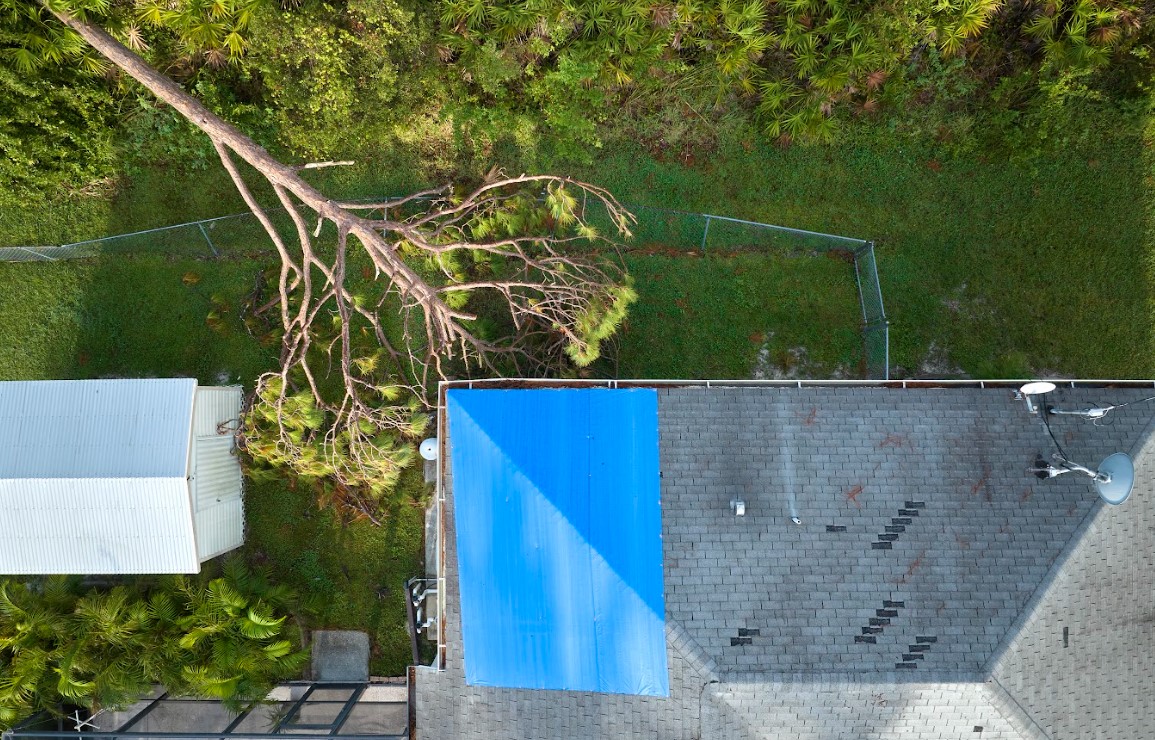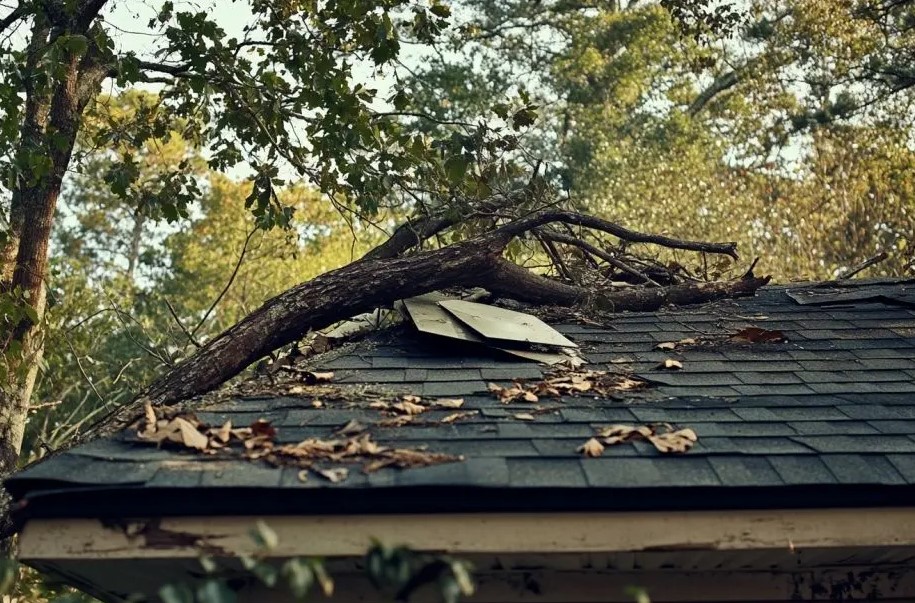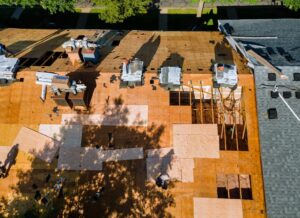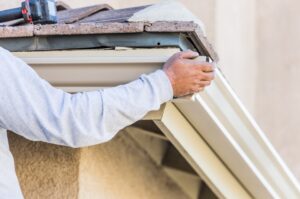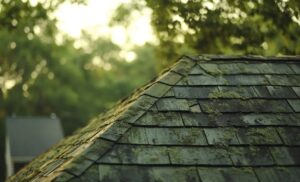Springtime in Columbus, OH, is a mix of beauty and unpredictability. As winter bids farewell, warmer temperatures usher in blooming trees, increased rainfall, and gusty winds. While this shift is significant for nature lovers, it’s not always so kind to your asphalt shingle roof. The combination of seasonal storms and budding trees means one thing—your roof is about to be bombarded with tree sap and debris.
At Best Choice Roofing, we understand how vital a strong, durable roof is to protect your home from Ohio’s ever-changing weather. That’s why we proudly offer a range of high-quality asphalt shingles, including three-tab, architectural, premium, and impact-resistant varieties. But no matter how tough your shingles are, they’re still vulnerable to the sticky, grimy threats posed by tree sap and falling debris. Here are the top four ways these natural nuisances can affect your roof—and why you should take action before they cause serious damage.
Four Ways Tree Sap and Debris Will Affect Your Roof
1. Sticky Sap Leads to Shingle Deterioration
Tree sap may seem harmless, but it’s surprisingly destructive when left unchecked. This sticky substance can adhere to your asphalt shingles, creating a stubborn layer that traps dirt and moisture. Over time, this buildup can weaken the protective granules on your shingles, accelerating wear and tear. Once the granules start to deteriorate, your roof becomes more susceptible to UV damage, shortening its lifespan and making it less effective at keeping your home safe.
2. Debris Traps Moisture and Promotes Mold Growth
Spring winds and storms bring more than just pleasant breezes—they also scatter leaves, twigs, and pine needles onto your roof. When this debris accumulates, it creates damp pockets where moisture gets trapped. This excess moisture will promote mold, mildew, and algae, all of which can eat away at your asphalt shingles and break down their structural integrity. Plus, mold growth can lead to unsightly dark streaks that diminish your home’s curb appeal.
3. Clogged Gutters Will Cause Water Damage
Falling leaves and branches don’t just land on your roof but also into your gutters. When gutters become clogged, rainwater will sit in your gutter systems, which can lead to overflow and water seepage under your shingles. The result? If water isn’t correctly diverted away from your home, there are potential leaks, wood rot, and even foundation issues. Regular gutter cleaning is essential, mainly when debris accumulates rapidly in the spring.
4. Excess Weight Causes Structural Strain
While a few leaves or a light layer of sap may not seem like a big deal, an unchecked debris buildup can add significant weight to your roof. In severe cases, heavy branches or a thick layer of wet leaves can strain your roof’s structure, leading to sagging or even damage to the underlying decking. Additionally, branches brushing against your shingles can cause abrasions and premature wear over time.
Protect Your Roof Before It’s Too Late!
Proactive maintenance is the best way to combat tree sap and debris damage. Regular roof inspections, gutter cleanings, and trimming nearby branches can go a long way in preserving the health of your asphalt shingles. At Best Choice Roofing, we protect and maintain roofs in the Columbus, OH, suburbs. Whether you need a complete roof replacement or expert advice on keeping your shingles in top shape, we’re here to help!
Don’t let sticky sap and falling debris take a toll on your home. Call Best Choice Roofing today to book a roof inspection and make sure your roof and home are prepared to take on the spring season with strength and durability!

